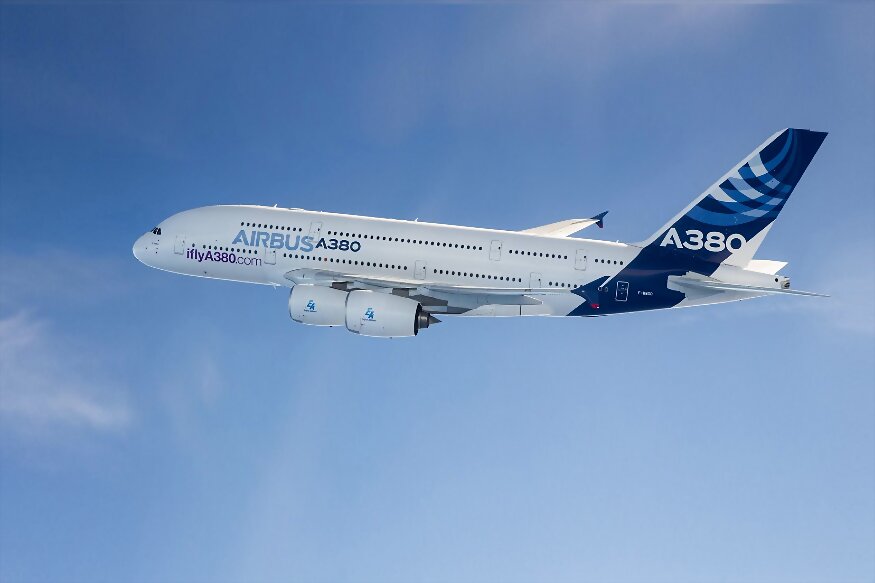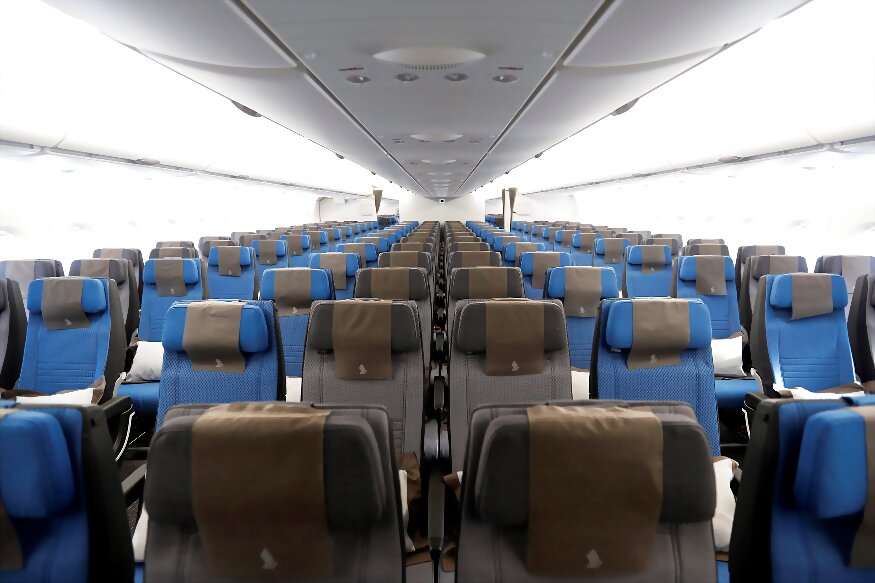
views
A few weeks back, the convoy carrying outsize parts for the final Airbus A380 superjumbo jet arrived in Southern France, residents welcomed the trucks with applause and tears because this marks the end of an era. Not only was the A380 the biggest airplane to be ever built by humans, but also because this signifies the onset of imminent death of big airplanes around the world. So in order to commemorate its farewell, we bring to you 5 astonishing facts about the aircraft that made it a legend in its 13 years of service.
Watch Video:
1) Arriving in an Era Too Late
It is a well-known fact that the Airbus A380 was touted against the Boeing 747. However, not a lot of people know that the two rivals had once considered joining forces. In 1993 the two companies came together to study the potential market size of very large airplanes. This partnership, however, fell apart three years later after Boeing decided to not invest on the idea of another jumbo jet. However, as Airbus pressed on, Project A3XX was born which was later renamed to A380.
Interestingly, by the year 2000, Airbus foresaw a demand for 1,200 jumbo jets in the following two decades and decided to build as many as 750 planes, instead, it scheduled to halt production in 2021 after having produced just over 250 aircraft.

2) A Real Winner on Paper
A double-deck aircraft is essentially an aircraft with a main-deck and a secondary deck both dedicated to seating passengers. Today, the only two double-deck aircraft are the Boeing 747 and the Airbus A380. While the 747 is a partial double-deck, A380 is the only full-length double-deck in the world.
In a typical three-class layout, the Airbus 380 can seat up to 525 passengers, which can be pushed to 853 with a single-class layout. The aircraft is propelled by four engines that are available with two options including Rolls-Royce Trent 900 or the Engine Alliance GP7000 turbofan engines. It can fly up to 1030 kmph and can hold up to 81900 gallons of fuel at a time providing a range of up to 15,205 in one trip.
To build an Airbus A380 4 million individual components manufactured by 1500 different companies are required. To handle the width and weight of the aircraft, several airports had to make notable changes. Sydney airports alone spent $128 million dollars on upgrades.

3) Emirates Ran the Show
Since its inception over a decade back, the biggest customer buying the A380 from Airbus has been the Emirates. The A380’s survival has been directly tied to the Dubai-based airline after having purchased almost half of all the A380s ever delivered. Emirate’s image subsequently has been built around the gigantic aircraft.
The production of A380 would have stopped sooner if Emirates would not have ordered another three dozen aircraft in 2018. However, its demise is also partly due to the airline as it cut down its remaining orders from 53 to 14 in early 2019. As Emirates decided to go for the younger A350s instead, Airbus deduces that its $25 million investment will not pay off.

4) No US Buyers
Major European carriers bought the A380, but in modest quantities. However, it is quite surprising that the company failed to sell even one unit on the crucial American market. While a very plausible explanation could be a pro-Boeing bias, it should be noted that other Airbus models are extremely successful in the United States.
For instance, the American Airlines operates the world’s largest fleet of both the Airbus A319 and A321 airplanes. JetBlue, the sixth-largest carrier in the United States does not have a single Boeing aircraft in its fleet, which is constituted 80 per cent of Airbus airplanes. Similarly, US-based United Airline has the fourth largest order of the A350s.
Considering that Boeing too pulled the plug on the 747 recently, we could assume that like the rest of the aviation industry, America fell out of love for big airplanes as well.

5) Safest of its Kind
The Airbus A380 is the heaviest commercial aircraft to exist. Hence, it was on Airbus’ shoulders to convince the passengers that the giant aircraft was as safe as it gets. After its maiden test flight, the Airbus A380 was subjected to 2500 hours of flight test over the course of 19 months. Test pilots pushed the A380 to its limits, conducting tests in extreme temperature and conditions. And the flight passed every test with flying colours.
As the life of the A380 neared its end, Airbus acknowledged its mistakes with the humble giant. This coupled with a worldwide liking for modern twin jets and adaptation of the point to point travel model instead of the hub and spoke model clearly explains why a jumbo jet makes no sense in today’s world.
Not to mention, the aviation industry is currently facing one of its worst times during the COVID-19 pandemic. And in a world like this, nothing can be more dreadful for airlines than flying a four-engine jumbo jet. Hence, it could be said that the A380s that are currently parked, could remain parked for a long time to come.


















Comments
0 comment